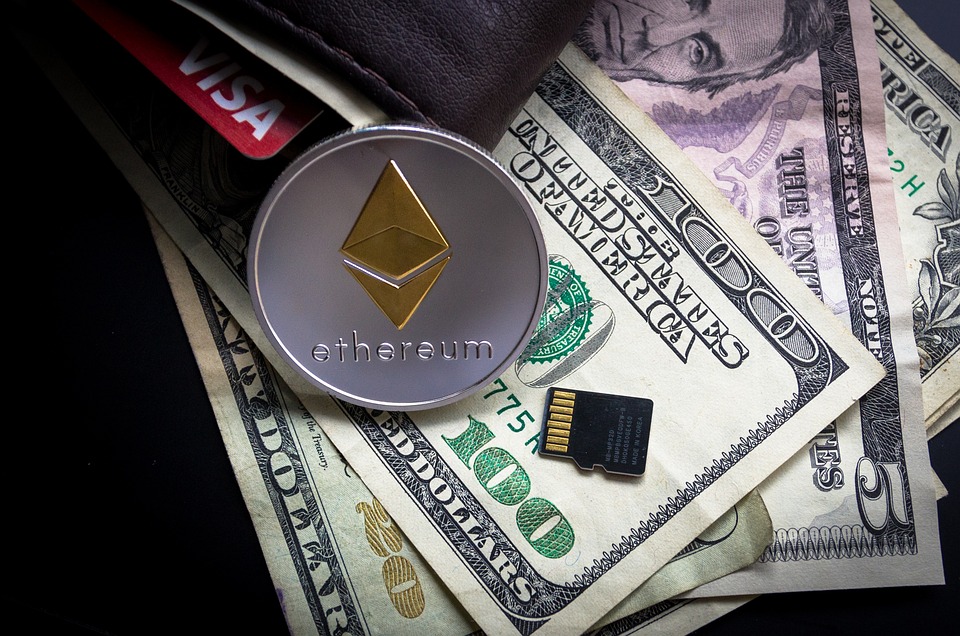Ethereum vs. Bitcoin: The Latest Trends in Altcoin Markets
The blockchain landscape has seen remarkable evolution since the inception of Bitcoin in 2009. As the first cryptocurrency, Bitcoin set the stage, not only as a digital currency but also as a store of value often dubbed "digital gold." However, as the altcoin market matures, Ethereum has emerged as a formidable competitor, offering groundbreaking features and applications that extend beyond mere currency use. In this article, we’ll explore the latest trends in the Ethereum vs. Bitcoin narrative, delving into their respective ecosystems, market dynamics, and the implications for investors.
A Brief Overview
Bitcoin: The Pioneer
Bitcoin remains the most recognized and widely adopted cryptocurrency, boasting a market dominance often hovering around 40%. Its main utility lies in providing a decentralized method of transferring value without needing intermediaries like banks. Bitcoin’s primary attribute is its scarcity; with a capped supply of 21 million coins, it capitalizes on the notion of digital scarcity, leading many to view it as a hedge against inflation.
Ethereum: The Innovator
Ethereum, conceptualized by Vitalik Buterin and launched in 2015, introduced smart contracts, decentralized applications (dApps), and the concept of a programmable blockchain. Unlike Bitcoin, Ethereum doesn’t have a fixed supply, giving it a different economic model and use case. The Ethereum network powers countless applications across various sectors, including finance (DeFi), art (NFTs), and gaming, making it a versatile player in the cryptocurrency landscape.
Current Market Trends
1. Scalability and Upgrades
One of the most notable trends in the Ethereum ecosystem is the transition to Ethereum 2.0 (Eth2), which moves the network from a Proof-of-Work (PoW) consensus mechanism to Proof-of-Stake (PoS). This upgrade aims to enhance scalability, reduce energy consumption, and improve overall network efficiency. As of 2023, Eth2 has been implemented successfully, allowing Ethereum to process more transactions and increase its appeal for developers and users alike.
Conversely, Bitcoin has faced criticism regarding its scalability limitations, especially during periods of high transaction volume. Efforts to address these challenges include the Lightning Network, which facilitates off-chain transactions to reduce congestion on the main blockchain. However, Bitcoin’s inherent set of attributes as a stable store of value may slow down radical changes in its protocol.
2. Institutional Adoption
Both Bitcoin and Ethereum have garnered institutional interest, but for different reasons. Bitcoin is primarily viewed as a digital gold, offering exposure to inflation hedging, while Ethereum attracts institutions due to its diverse applications. Major companies and funds have started integrating Ethereum into their portfolios, recognizing its potential beyond speculative trading.
In late 2023, several institutional products tied to Ethereum have emerged, indicating a growing acceptance of its use case beyond mere investment. These include structured products and ETFs that focus on Ethereum’s DeFi and NFT sectors, facilitating retail and institutional investor access to Ethereum’s unique economic activities.
3. Decentralized Finance (DeFi) Boom
The DeFi movement is predominantly built on Ethereum, and its rise has created a ripple effect in the altcoin markets. New projects and tokens have launched, aiming to provide innovative financial solutions without intermediaries. These range from decentralized exchanges (DEXs) to lending platforms, all leveraging Ethereum’s capabilities.
As DeFi continues to gain traction, it raises questions about regulatory scrutiny and the sustainability of various projects. However, the resilience of DeFi protocols amid market fluctuations has attracted significant liquidity and interest from both retail and institutional investors.
4. NFT Market Volatility
Non-fungible tokens (NFTs) are another significant aspect of Ethereum’s ecosystem. The NFT boom showcased Ethereum’s capabilities and attracted mainstream attention, from digital art to gaming collectibles. While the NFT market has experienced volatility, the underlying backing by Ethereum facilitates an ongoing exploration of utility, creativity, and investment potential.
Bitcoin, while not directly involved in NFTs, has attracted NFT-like projects aiming for bridging solutions, such as Bitcoin-native tokens. However, the Ethereum blockchain remains dominant in this sector, with platforms like OpenSea and Rarible pushing the boundaries of digital ownership and creativity.
Future Implications
The ongoing evolution of Bitcoin and Ethereum presents a complex landscape for investors. As financial markets continue to integrate cryptocurrencies, the dichotomy between the two seems to be both a competitive and collaborative journey.
Investors need to consider their risk appetite, market dynamics, and the utility of the underlying assets when navigating this space. For those leaning toward establishing exposure through Bitcoin, it’s likely to be about value preservation and stable appreciation. For those inclined toward Ethereum, the focus will predominantly be on potential utility, technological advancements, and growing adoption across sectors.
Conclusion
As the altcoin market presents various opportunities, the Bitcoin vs. Ethereum dialogue encapsulates broader trends in technology, finance, and societal norms. Both cryptocurrencies have unique use cases, with Bitcoin standing tall as the dependable store of value while Ethereum branches out with its multifaceted applications. As the market continues to evolve, staying informed and adaptable will be crucial for investors looking to capitalize on the potential of these leading cryptocurrencies. With developments unfolding daily, the coming years promise to offer insights into which asset will lead the charge in the ever-growing crypto revolution.




